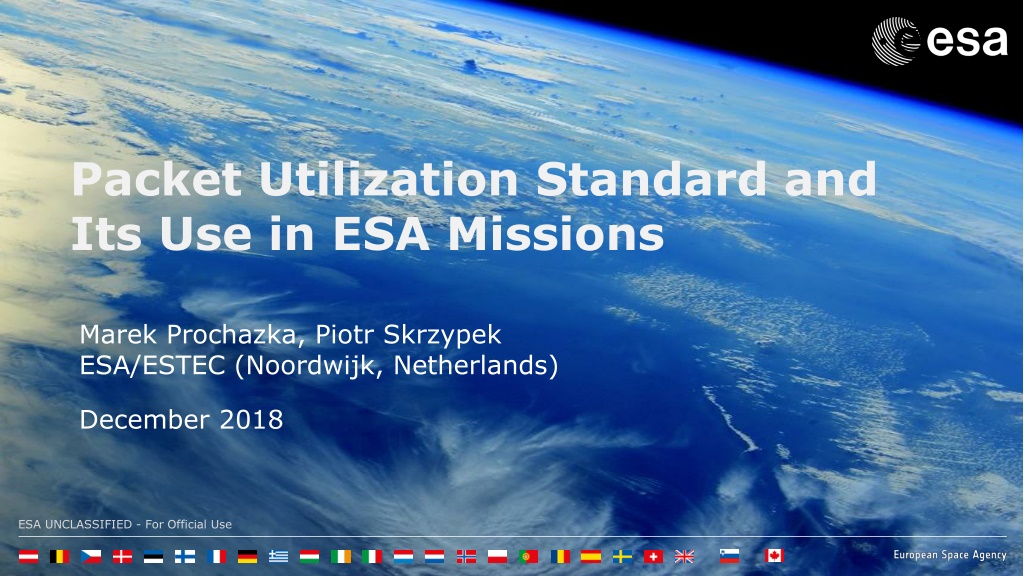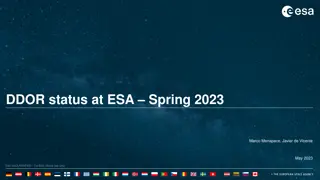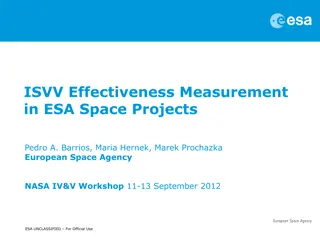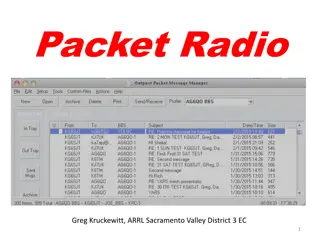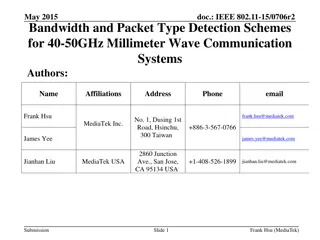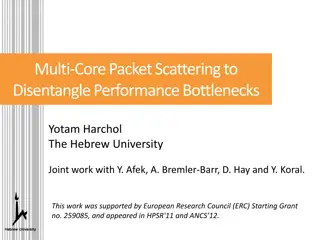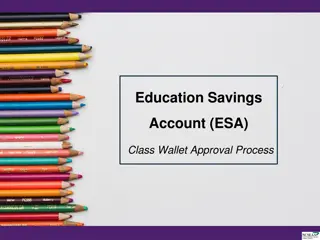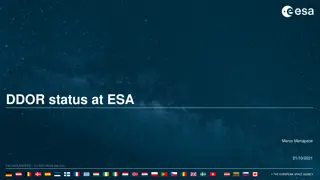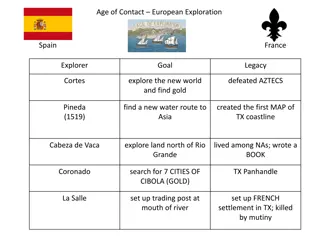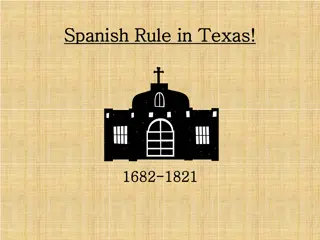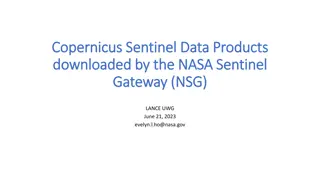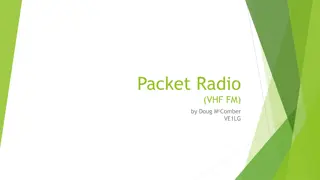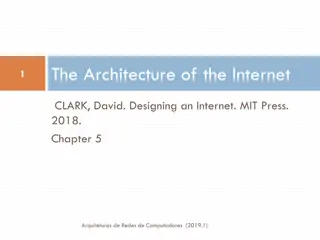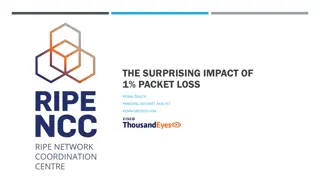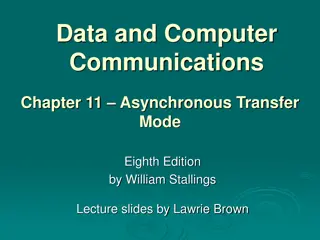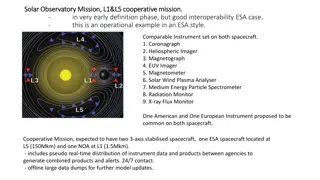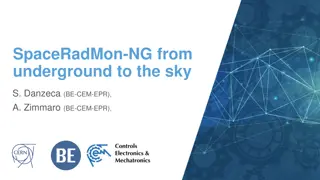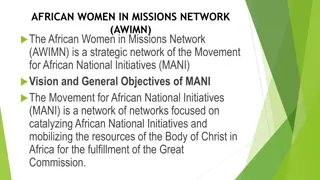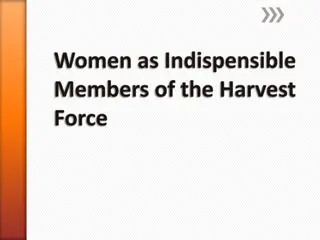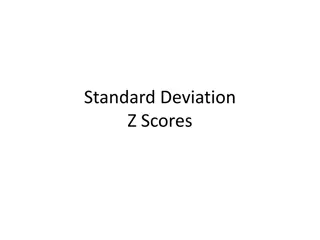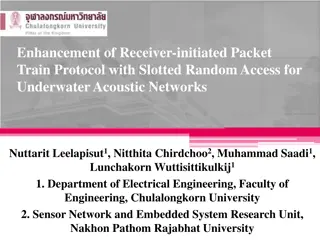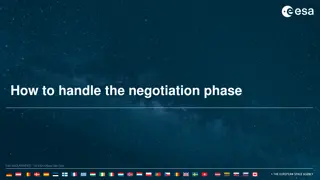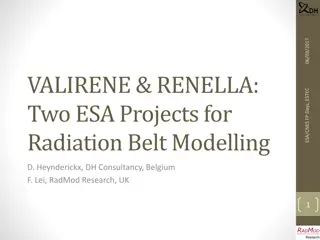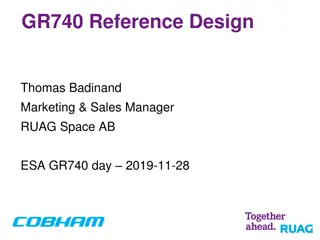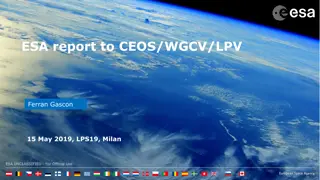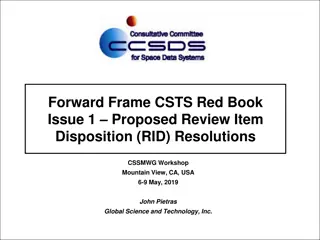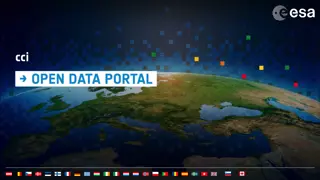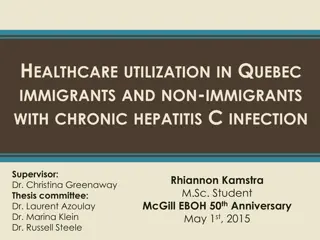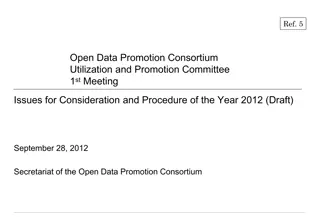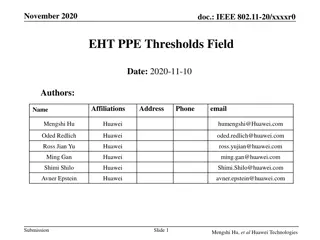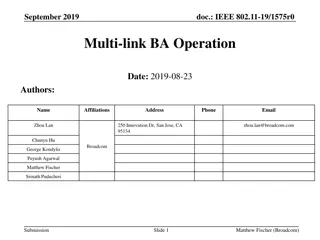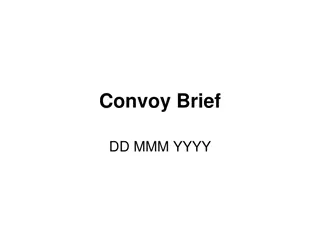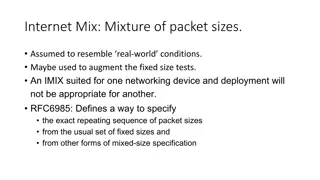Understanding Packet Utilization Standard in ESA Missions
Packet Utilization Standard (PUS) in ESA missions plays a crucial role in defining the application-level interface between ground and space. It covers various operational scenarios, provides onboard services, and allows tailoring for mission-specific requirements. The history, services, and use cases of PUS in ESA missions are detailed, showcasing its evolution and significance in space communication.
Download Presentation

Please find below an Image/Link to download the presentation.
The content on the website is provided AS IS for your information and personal use only. It may not be sold, licensed, or shared on other websites without obtaining consent from the author. Download presentation by click this link. If you encounter any issues during the download, it is possible that the publisher has removed the file from their server.
E N D
Presentation Transcript
Packet Utilization Standard and Its Use in ESA Missions Marek Prochazka, Piotr Skrzypek ESA/ESTEC (Noordwijk, Netherlands) December 2018 ESA UNCLASSIFIED - For Official Use
Outline Packet Utilization Standard (PUS) overview PUS use Space-to-Ground interface Onboard Design choices PUS tailoring PUS use for FDIR PUS Benefits Conclusions ESA UNCLASSIFIED - For Official Use ESA | December 2018 | Slide 2
What is Packet Utilization Standard (PUS)? 1. Complements the CCSDS Space Packet Protocol standard by specifying application-level interface between ground and space 2. Covers nominal, contingency and troubleshooting operations 3. Provides operational concept via a set of on-board services 4. Defines corresponding TM/TC packets (and their structures) 5. Allows to make a mission-specific tailoring of on-board services 6. Allows mission-specific extensions ESA UNCLASSIFIED - For Official Use ESA | December 2018 | Slide 3
PUS History ESA PSS-07-101 Issue 1 May 1994 Shortly after CCSDS TM and TC specifications in late 1980s Not in use anymore ECSS-E-70-41A 30 January 2003 (aka PUS A) Few improvements and clarifications Extensions (adoption of mission specific requirements/services) Applicable to most ESA missions ECSS-E-ST-70-41C 15 April 2016 (aka PUS C) Adding Foundation Model Extensions (adoption of mission specific requirements/services) Applicable to upcoming missions ESA UNCLASSIFIED - For Official Use ESA | December 2018 | Slide 4
PUS Services ESA UNCLASSIFIED - For Official Use ESA | December 2018 | Slide 5
PUS Use in ESA Missions Originally meant for ground-to-space communication/interface Nowadays in most ESA missions used also onboard Multiple APIDs per spacecraft Different applications (Data Handling, AOCS, System Control, ) Different units (Startracker, GNSS receiver, Mass Memory Unit, ) ESA UNCLASSIFIED - For Official Use ESA | December 2018 | Slide 6
Example: PUS Onboard (EarthCARE) ESA UNCLASSIFIED - For Official Use ESA | December 2018 | Slide 7
Example: PUS in Central Software on OBC ESA UNCLASSIFIED - For Official Use ESA | December 2018 | Slide 8
PUS Link to CCSDS Packet - TC packet primary header packet data field packet sequence control packet ID packet version number packet data length packet secondary header user data field packet sequence count or packet name packet type secondary header flag application process ID sequence flags 3 bits 1 bit 1 bit 11 bits 2 bits 14 bits 16 bits variable variable 2 octets 2 octets 2 octets 1 to 65536 octets destination message type ID TC packet PUS version number acknowledgement flags source ID spare service type ID message subtype ID TC packet request enumerated (4 bits) enumerated (4 bits) enumerated (8 bits) enumerated (8 bits) enumerated (16 bits) fixed-size bit- string optional source ESA UNCLASSIFIED - For Official Use ESA | December 2018 | Slide 9
PUS Link to CCSDS Packet - TM packet primary header packet data field packet sequence control packet ID packet version number packet data length packet secondary header user data field packet sequence count or packet name packet type secondary header flag application process ID sequence flags 3 bits 1 bit 1 bit 11 bits 2 bits 14 bits 16 bits variable variable 2 octets 2 octets 2 octets 1 to 65536 octets source message type ID TM packet PUS version number spacecraft time reference status message type counter destination ID time spare service type ID message subtype ID TM packet report unsigned integer (16 bits) enumerated (4 bits) enumerated (4 bits) enumerated (8 bits) enumerated (8 bits) enumerated (16 bits) absolut e time fixed-size bit-string optional destination ESA UNCLASSIFIED - For Official Use ESA | December 2018 | Slide 10
PUS Tailoring Every ESA mission specifies its PUS tailoring Selection of PUS services With all mandatory subservices and minimum capabilities For each service selecting additional capabilities Optional subservices Additional (mission-specific) services and subservices Managing additional (mission specific) onboard capability Managingonboard unit Choosing encoding of data types Packet field type code (PTC) Packet field format code (PFC) ESA UNCLASSIFIED - For Official Use ESA | December 2018 | Slide 11
FDIR: Using PUS Services Service 12 Monitoring Service 5 Event Reporting Event notification Event notification Service 19 Event Action PUS (5,2) packet PUS (5,4) packet Service 18 Packet store/File On-Board Control Procedure Critical Event Log Service 14 Packet Forwarding Service 15 Storage and Retrieval ESA UNCLASSIFIED - For Official Use ESA | December 2018 | Slide 12
Benefits for Flight Software Standard data handling architecture Standard telecommands and telemetry Standard terminology Cost saving in FSW Both engineers and operators familiar with the concept Reuse PUS libraries in FSW (customization/configuration per mission) Lightweight PUS tailoring suitable for inter-partition communication in IMA-like partitioned systems When used in instrument software Provides transparency for the platform Strength when developing or hosting CFIs Satellite prime contractor can provide instrument PUS SW toolkit OBCPs can be used for nominal instrument operations ESA UNCLASSIFIED - For Official Use ESA | December 2018 | Slide 13
Benefits for Ground Software Operators familiar with PUS TC and TMs captured in standard MIB database Range of software products that can be reused from mission to mission SCOS-2000 database Mission control system (SCOS-2000, Terma TSC) Checkout system (Terma CCS) Data mining and visualization tools (WebMUST, Airbus's packet viewer , packet archives - EDDS, GDDS, etc.) ESA UNCLASSIFIED - For Official Use ESA | December 2018 | Slide 14
Conclusion PUS used in all ESA missions since early 2000s Successful concept Contributing to (standardized) software architecture Standardised operations concept Standard way to support mission specific applications Future Use Electronic Data Sheets (EDS) to describe PUS interfaces Machine verifiable To generate proprietary code, tests, simulation models To feed spacecraft database More mission-specific services becoming standard Standardised tailoring/profiles? ESA UNCLASSIFIED - For Official Use ESA | December 2018 | Slide 15
THANK YOU Questions? Marek Prochazka ESA/ESTEC Contact: Marek.Prochazka@esa.int ESA UNCLASSIFIED - For Official Use ESA | December 2018 | Slide 16
Backup slide: PUS Version C ECSS-E-ST-70-41C New subservices of existing services New services New document structure Generic Foundation Model: 121 requirements System specification: 2216 requirements Interface specification: 850 requirements Issue C 2016 ESA UNCLASSIFIED - For Official Use ESA | December 2018 | Slide 17
